How to plant a Cossack juniper and what care does it need?
Modern landscape compositions rarely do without luxurious Cossack juniper bushes. Planting a plant and caring for it is not difficult, but the ephedra looks very impressive, especially in groups. The evergreen creeping shrub ennobles any home garden and emits a fresh and pleasant scent.
Description of the plant
The unpretentious coniferous shrub of the Cypress family fell in love with gardeners with its high decorative effect and resistance to frost, drought and air pollution with smoke and gases. The creeping juniper loves bright places, is undemanding to the type of soil, grows quickly, forming picturesque thickets. In nature, juniper is common in Europe and Asia.
Usually the bushes of the Cossack juniper are low, up to 1.5 m, with shoots creeping along the ground and spreading roots. Young plants and branches that are in the shade are distinguished by needle-shaped pointed needles, up to 6 mm in length. On old bushes, the branches are covered with scales that are layered on top of each other, like tiles. Needle essential oil has a pungent odor.
Important!
Essential oils and juniper cones are poisonous!
Juniper Cossack is a dioecious plant, male flowers (oval earring) and female (inflorescence) are located on different bushes. Fruits - small, up to 7 mm, brown-black cones with a bluish bloom. The fruit contains 3-4 seeds that contain poison.
Shrub varieties
Now there are more than 70 varieties of creeping juniper, which differ in the color of the needles or the shape of the crown. The most popular ones spread quickly in parks and gardens.
- Tamariscifolia
A low plant, up to 1 m, with a crown width of about 2 m. On open branches, vertical shoots with dark green bluish needles. The variety has been domesticated since the 18th century, has been growing for 30 years.
- Variegata
Bred in the middle of the 19th century. Differs in a compact, up to 1.5 m in diameter and 50 cm in height, funnel-shaped flat-round crown. The shoots are flattened with beautifully curved tops and individual cream-colored needles against a general bright green background. It grows rather slowly - by 10-15 cm per year. It is successfully used in rockeries.
- Rockery Jam
Dwarf shrub, up to 0.5 m in height, with a crown diameter of up to 3 m, bred in Holland. This variety of Cossack juniper is characterized by blue-green thorny needles and slow development in height. A ten-year-old bush rises up to 20 cm, the crown extends to 2 m.
- Blue Danube
This variety of creeping juniper was bred in Austria in the middle of the twentieth century and conveys in its name the pearl of the nature of this country - "Blue Danube". The light gray-blue needles of the bush with curved tops cover an area up to 3 m in diameter. Shoots reach a height of 30-50 cm, there are also higher.
- Erecta
A tall bush of drought-resistant Cossack juniper bred at the end of the 19th century in Holland, it grows up to 2 m. Obliquely growing vertical branches with dark green scales create the shape of an inverted pyramid.
Advice
The monotonous type of planting from one juniper, albeit of different varieties, is capable of depressing the mood. They must be diluted with decorative deciduous or flowering plants.
Other undersized varieties
Among the most common low-creeping bushes of Cossack juniper are:
- Arcadia - winter-hardy, with horizontal shoots forming rollers, light green needles, crown width 1.5 m;
- Broadmoor - gray-blue needles, crown width 3.5 m, flat form in the center becomes vaulted;
- Cupressifolia is a plentifully fruiting female form with green-bluish needles;
- Nana is a drought-resistant male form that grows up to 0.8 m, dark green in color.
Tall varieties
Besides the Erecta juniper, there are many other tall shrubs.
- Fastigiata - narrow-columnar bright green crown reaches 6-8 m.
- Femina is a frost-resistant and durable female form that grows up to 1.5 m.Differs in dark green, dense, unpleasantly smelling needles, spreading to 4-5 m.
- Mas is the male form of juniper, but there are fruits on older bushes. Height up to 2 m, width - 5-8 m. Above, needle-like needles are bluish, green below, in winter it becomes slightly purple.
- Glauka - rises up to 1 m, spreads up to 2 m. The needles are blue-green, in winter with a reddish tint.
Decorative purpose
All types of creeping juniper are used in garden design, because it has undeniable decorative qualities. Such landings create a special comfort and are distinguished by an elegant shape. Various shades of greens of several varieties brought together also look attractive.
There are many uses for juniper:
- planting on the edges of the garden and on lawns;
- ground cover plantings of low-growing varieties on the slopes;
- the creation of hedges, screens or decoration of buildings, fences from tall species;
- an element of the Scandinavian style - against the background of large stones or buildings covered with moss, in the vicinity of plots heather;
- tall varieties in a bluish-silver scale are a good background choice for a restrained English garden;
- undersized, monochromatic bushes will fit into the bizarre forms of a Japanese garden;
- planting junipers along with spruces, pines, larch trees will give the garden a strict solemnity.
Juniper Cossack does not go well with trees with large leaves and large flowers.
How to plant a juniper?
For all types of Cossack juniper, it is necessary to choose a sunny place without close groundwater. A small shadow is acceptable for several hours.
Junipers are planted in September, but the best planting dates are in April. The roots of seedlings are soaked in water and treated with growth stimulants. The most suitable soil acidity is 4-7 pH.
The landing algorithm is as follows:
- dig a hole, which exceeds the size of the roots by 2-3 times;
- part of the excavated soil is mixed with 2 parts of peat, 1 part of sand and 100 g of lime or 200 g of dolomite flour is added;
- a drainage 15-20 cm high is laid on the bottom of the hole;
- the plant is placed so that the neck rises 5-10 cm above the soil;
- after the earth has been compacted, it is watered abundantly and sprinkled on top with a thick layer of peat.
Important!
At least 0.5 m of space is left between the juniper seedlings.
Watering and feeding
The seedling must be carefully cared for.
- After planting, in May, they feed 30 g of nitroammofoska per 1 sq. m or dissolved in 10 liters of water 20 g of the universal fertilizer "Kemira-Lux".
- Juniper feeding is repeated every spring.
- For better care, foliar dressing with Epin is recommended.
- In the spring and summer heat, water 10-30 liters for the plant 2-3 times per season, making a groove around the perimeter of the hole.
- In the evening, after the sun shine, the crown of the juniper is sprayed with water once a week.
- It is advisable to shade young seedlings at temperatures above 35 degrees.
- For preventive care, the crown is periodically treated with fungicides.
- For the winter, seedlings are covered with mulch.
Pruning
Amateur gardeners should remember that in all parts of the Cossack juniper there is a poison - the essential oil of sabinol. Scratches from pruning can hurt for a long time, and itching will be felt.
Pruning is carried out in spring or autumn at a temperature of +4 0C.
- For shrubs, sanitary pruning is carried out by removing dry or damaged branches.
- Formative pruning of juniper is possible for the aesthetic appearance of the crown: in the process, they change the direction of the branches, stop the growth of shoots or create a certain silhouette. Cut off no more than 2 cm of the shoot.
Advice
The effect of crown branching is observed when the tips of the shoots are pinched.
Diseases and pests
Preventive treatment of bushes with fungicides is designed to protect young plants from fungal diseases to which they are often exposed.
- To avoid rust infestation, junipers are not planted next to plants in the Rosaceae family.
- The roots of young plants suffer from fusarium, the needles turn yellow, the shoots wither. The crown is sprayed with "Fundazol" and the soil is watered with the same solution.
- Juniper bushes die in winter from brown shute: black sticky mycelium is noticeable on the brown needles. The affected parts are removed, the plant is sprayed with "Abiga-Peak", "HOM" means.
- Juniper is also affected by Alternaria, nectriosis, bark cancer and other diseases, which are most often manifested by yellowing and dropping of needles. Treatment with antifungal drugs is effective.
Pests usually fly around the side of a poisonous bush. Sometimes scale insects and spider mites settle, which are fought with the help of insecticides.
A well-placed shrub or a whole juniper grove will decorate the garden. The plant is capable of purifying the air and requires very little attention to itself.

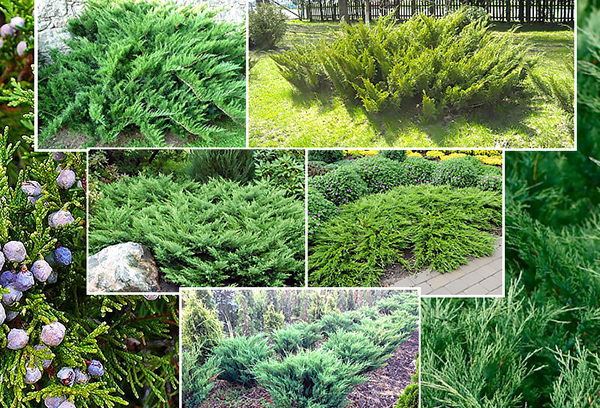

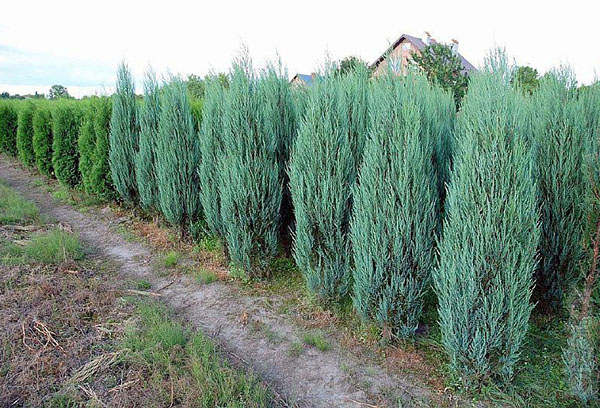
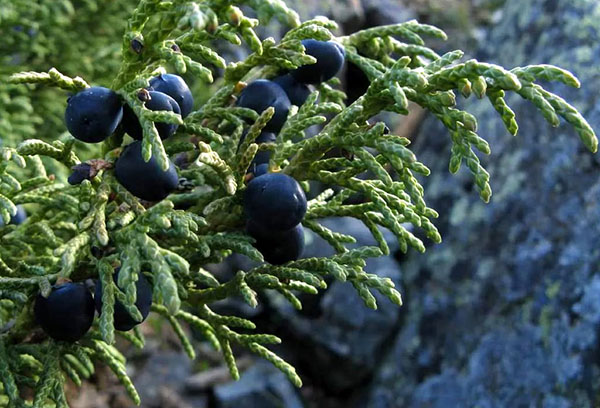
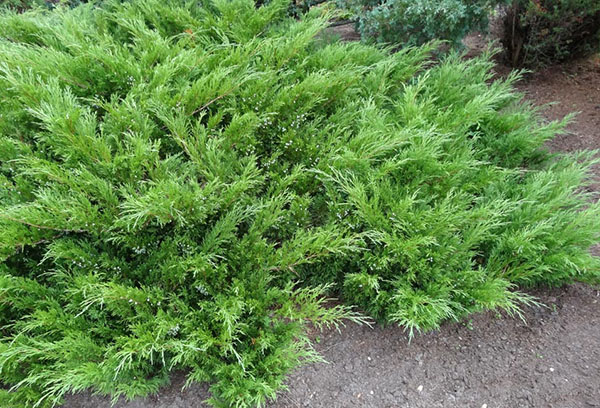
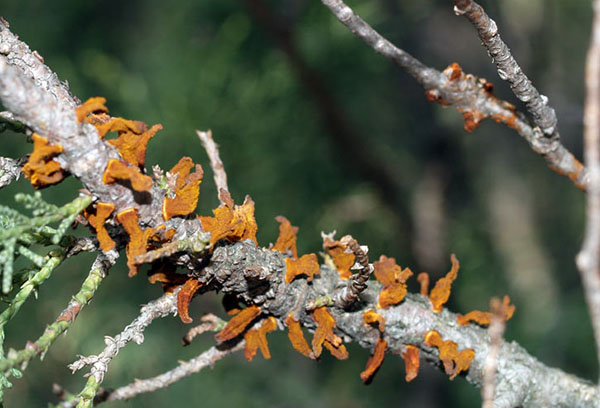
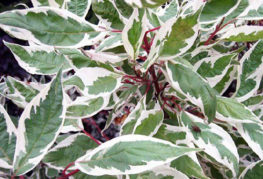
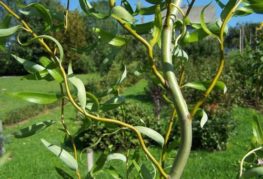
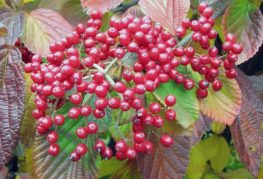
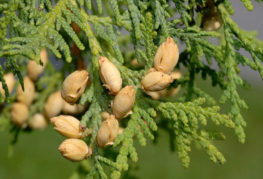
and will be published shortly.